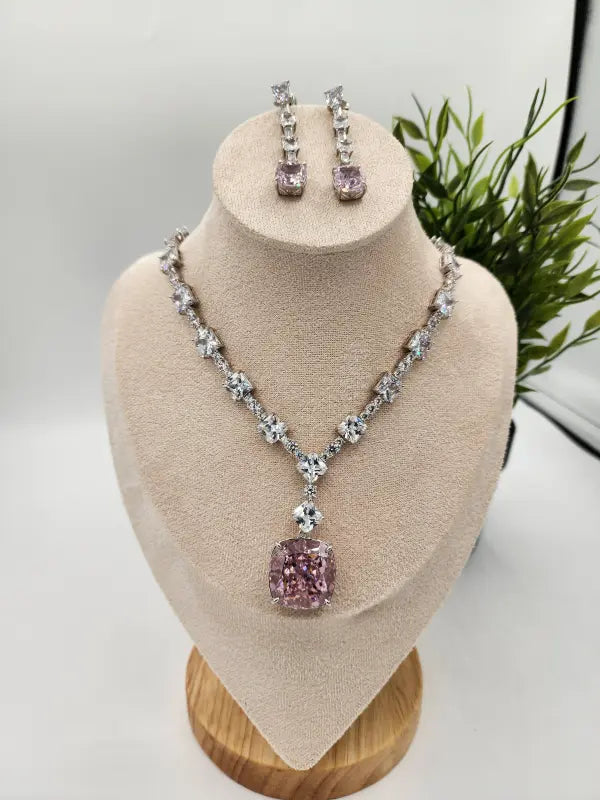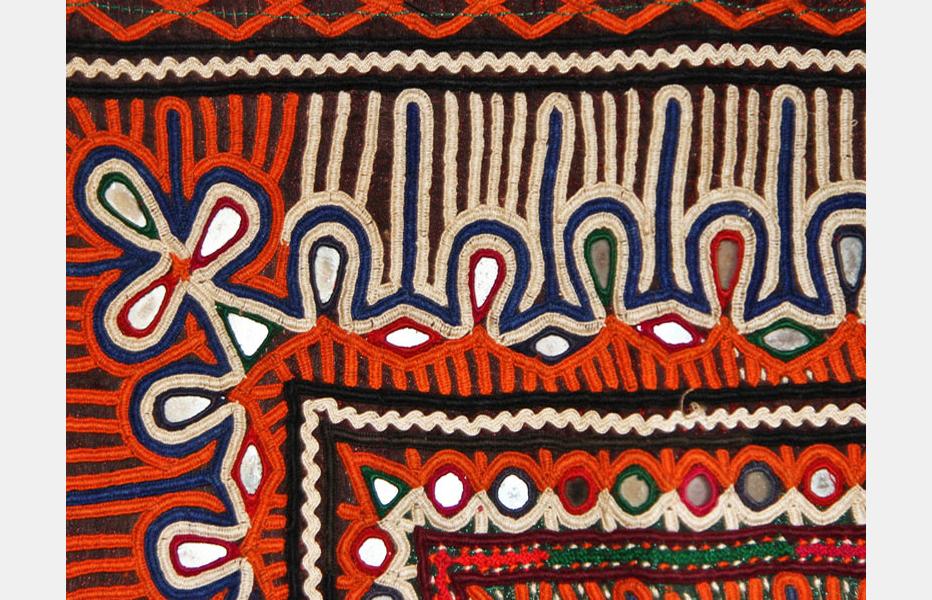Lambani hand embroidery, a traditional art form hailing from Karnataka, is a testament to the rich cultural heritage of India. Originating from the Lambani or Banjara tribe, this embroidery style is a vibrant representation of the tribe’s journey and artistic evolution. The intricate and colorful designs of Lambani embroidery have captured global attention, making it a significant part of India's cultural landscape.
Historical Background

The Lambanis, often referred to as Banjaras in North India, trace their roots back to Rajasthan. In the 16th century, they migrated to Karnataka with the Mughal army, carrying with them their unique artistic traditions. Over time, they settled in Sandur, a town in Karnataka, where they continued to practice and perfect their embroidery skills. This historical migration and settlement have contributed to the unique character of Sandur Lambani embroidery, a cherished craft that has been passed down through generations.
Artistic Features and Techniques

Sandur Lambani embroidery is renowned for its vibrant and elaborate designs. The craft involves joining colorful patches of fabric using various stitches, and enhancing them with mirrors and seashells. The embroidery is used to create a range of items, including bags, wallets, cushion covers, sarees, and other home décor accessories.
Stitching Techniques

The artistry of Lambani embroidery is highlighted through the use of approximately 30 different types of stitches. Some notable stitches include:
- Valeya: A basic stitch that forms the foundation of many designs.
- Bakhiya: Used for its intricate and detailed patterns.
- Ado Dora: A technique that adds a distinctive texture to the embroidery.
- Teen Sui Maaki: Characterized by its repetitive design.
- Suryakanti Maaki: Features sun-like patterns, adding a vibrant touch.
- Bakhiya Gol Bhuriya: Known for its circular designs.
- Kalyani: A stitch that incorporates floral motifs.
- Relo: Provides a unique texture to the fabric.
- Gadri Valeya: Combines different stitches for a complex design.
- Jod Potte: Creates a patchwork effect.
- Angli Yele: A decorative stitch used for accentuating designs.
- Sandhya Jowellya: Adds a finishing touch with intricate detailing.
Materials and Process

The creation of Lambani embroidery starts with the selection of suitable fabric, typically cotton or khadi, sourced from Erode in Tamil Nadu. The base fabric is either khadi or power loom material and is dyed locally using both chemical and organic methods. Once dyed, the fabric is cut according to the desired design and ironed to ensure smoothness.
The process continues with the stitching of fabric patches and the marking of areas for mirrors, seashells, and embroidery. The final embellishments are sewn into the fabric using 14 different stitching techniques. Thirteen colors are primarily used in Lambani embroidery, with red and blue being the most prevalent.
Cultural Significance

Lambani embroidery is not just a craft but a cultural statement. According to tradition, the Lambanis adorned their garments with mirrors to ward off wild animals in the jungles. This practice highlights the functional as well as decorative aspects of their embroidery, reflecting the tribe’s deep connection to their environment and way of life.
Recognition and Global Reach

In 2010, Lambani embroidery was awarded the Geographical Indication (GI) tag, a significant milestone that recognized its unique craftsmanship and cultural importance. This GI tag has not only protected the authenticity of the embroidery but also enhanced its marketability on a global scale.
The craft gained further recognition on the international stage when it was featured in the London Fashion Week in 2016. Additionally, Lambani embroidery has received accolades such as the Seal of Excellence for Handicrafts Products in South Asia, awarded by UNESCO-CCI in 2004 and 2012. These awards underscore the exceptional quality and global appeal of Lambani embroidery.
Impact on Local Artisans
/30-stades/media/post_attachments/IieXngv6ILBjKO11Z097.jpg)
The GI registration of Lambani embroidery has had a profound impact on the local artisans. Approximately 300 craftswomen from the Lambani tribe in and around Sandur have benefited from this recognition. The GI tag has empowered these artisans to use it as a unique selling proposition in marketing and advertising their products globally. It ensures that no unauthorized entity can sell Lambani embroidery under this name without proper registration, thereby protecting the artisans’ work and livelihood.
Contemporary Trends and Global Presence
Today, Lambani embroidery has transcended regional boundaries and reached international markets. The export of bed sheets and cushion covers in subtle colors showcases the craft’s versatility. However, the heavily embroidered bags in vibrant hues remain particularly popular among tourists. These items not only highlight the craftsmanship but also serve as a testament to the enduring appeal of Lambani embroidery.
Conclusion
Lambani hand embroidery is a remarkable representation of Karnataka’s cultural heritage. Its intricate designs, historical significance, and global recognition make it a unique and valuable art form. By preserving and promoting this craft, we not only honor the artistic traditions of the Lambani tribe but also contribute to the appreciation of India's rich cultural tapestry on the world stage.




